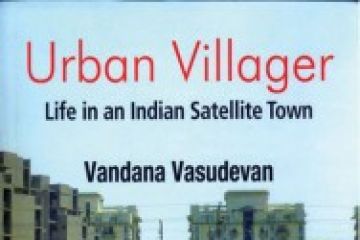
A subaltern stasis was
developing towards the second half of the Sixties. Then, as now, wealth was
shunted up. While the government’s economic policies produced limited growth,
the political structures prevented fair distribution of even that growth.
The poor were reeling
under rising prices and prime minister Indira Gandhi knew it. She was also
aware of the Naxalite movement spreading across the country and the Left’s
ideological support. Her own situation was uncertain with the Co





